
The list of features that many of us look for when selecting our next smartphone is constantly changing, and one, which is becoming more and more important is, can it charge wirelessly and can it do it fast?
So, it's not just whether the phone can charge wirelessly, but can it fast-charge wirelessly as well, which if you were to look at the iPhone X or Samsung Galaxy S9, is one of the important new features.
But hold on, does your so-called 'fast charge enabled' smartphone really work efficiently, the way you expect it to?
Well, to understand if it is, we need to look a little closer at what Fast Charging actually does to our phone.
1. What is Fast Charging and How Does It Work?
You might have heard of terms such as Quick Charging, Adaptive Fast Charging, Rapid Charging or even Quick Charge 4 before, although, they might seem a little confusing especially if you haven't previously researched them online. But, what you may not know is that they are all based on the same licensed technology called QC (Quick Charge) from Qualcomm.

So, what is Qualcomm Quick Charge? If you want to get the full details on the technology, you can do so by checking out this link, Qualcomm Quick Charge. But, for now, read on to get the key points.

Qualcomm's '5 for 5' Fast charging feature enables your smartphone or other devices to get 5 hours of battery life in 5 minutes, whereas with conventional charging, this could take a few hours. In other words, it's 'less time plugged in and more time going out'.
Imagine the scenario, you're getting ready to leave the house, and you realize that you have forgotten to charge your phone, it's on 10% and you have to leave in 10 minutes. Fear not, with Quick Charge, simply put the phone on the charging pad or plug it into the charger and in only 5 minutes you have 50% charge, Tada!
Truth or not, it sounds nothing but incredibly convenient.
But, how does the fast charging work? Since there are different fast charging standards on the market.
Let's just take Samsung S8 and iPhone X as examples.
1) Samsung's (wired) fast charging
The Samsung Galaxy S8 (which has a 3,000mAh battery) is compatible with Quick Charge 2.0 and supports Samsung Adaptive Fast Charging (AFC) standard, which has largely stayed the same since it was first introduced, even to its newest flagship Galaxy S9. Normally it can fast charge at a theoretical peak of 9V/2A when you use a certified charger and cable, but, if you turn off fast charging mode or if the fast charging failed, it will charge at the lesser rate of 5V/2A.
Here's a useful test (when the phone is charged with a cable) made by xda-developer of the Samsung S8+'s adaptive fast charging speed and it's thermal performance compared with other standards (Qualcomm Quick Charge 3.0, OnePlus Dash Charge, Huawei Supercharge, etc.) also on the market.

The result shows Samsung's standard is the slowest (without adjusting for battery capacities) and the coolest (or, rather, features the smallest temperature range).
But this is not all there is to understand. What about the relationship between battery capacity and charging speed? This is equally important.
Compared with Huawei's 'Supercharge' charging speed, which took just 60 minutes to get to 90%, the adaptive fast charging of the Samsung S8+, took almost two hours to recharge fully. That's quite a difference.
| Charging Standard | Device Tested | Battery Capacity |
|---|---|---|
| Dash Charge | OnePlus 3 | 3,000mAh |
| USB-PD | Pixel XL | 3,450mAh |
| Adaptive Fast Charging | Galaxy S8+ (Exynos) | 3,500mAh |
| QuickCharge 3.0 | LG V20 | 3,200mAh |
| Supercharge | Huawei Mate 9 | 4,000mAh |
Hang on, what about power efficiencies or charging speeds when the phone is put on the wireless charging pad? These are important, but they are never published. Not to worry, we have done that for you.
2) Samsung's (wireless) fast charging
Have a look at the testing of Samsung S8 fast charging below:

Samsung S8 fast charging (wireless) test
Interestingly, the fast charging mode changes to the standard charging after 41 minutes of charging and then go back to fast charging in 7 minutes...It's just not so stable. Also, when it comes to the power consumption, it stays at 10W(watts) during the fast charging process and drops to 5W when the current changes, regardless of whether you use a charging cable or a wireless charging pad, according to our test.
But is 10W really the normal fast charging power consumed? I don't think so. Since it took 3 hours or more when we used the wireless charger before it was fully charged.
3) iPhone X's (wired) fast charging
Although to be fair, Apple has never claimed or made its own fast charge standard.
Its newest flagship, the iPhone X (as well as the iPhone 8 and iPhone 8 Plus) can charge the battery from 0 to 50 percent in 30 minutes if you used:
- 1) Its USB-C to Lightning cable
- 2) Apple 29W, 61W, or 87W USB-C Power Adapter OR A comparable third-party USB-C power adapter that supports USB Power Delivery (USB-PD)

If these two requirements are fulfilled, the phone will be charged using the 7.5W (watts) faster charging mode (with the max power reaching 29W according to Apple). And similar to other fast charge processes, Apple's fast charge activates when the capacity is between 0 and 79 percent but stops when it reaches 80 percent.
3) iPhone X's (wireless) fast charging
So how does the fast charging perform when it's wireless?

iPhone X fast charging (wireless) test
As the test shows, the voltage (≈9V) almost never changes during the whole charging process while the current drops to 0.5A from 0.7A -- 0.8A after (≈)20 minutes.
According to P = VI, The electrical power required to operate a device is the input voltage times the current required. Means the electrical power drops from the initial 7.5W to 5W after several minutes.
However, the test result also brings up a question...
2. What might stop Your Samsung S8 or iPhone X From Fast Charging?
1) Fast charging = Smartphone + Cable + Charger
It's the very basic requirements when it comes to fast charging. You have to make sure that your phone is fast charge capable along with a suitable charging cable and powerful enough charger ---- Not too bad if those accessories aren't so pricy.

There is an alternative to the USB-C fast charging if you use the iPhone X: an iPad charger (or really, any 12W, 2.4A brick). The benefit of this is that these are cheaper, easier to find and you can use a regular USB Type-A to Lightning cable, like the one in your iPhone X box. Though it's not really fast charging the Apple way.
2) Heat generated in the battery will stop fast charging.
Let's go back to the tests we did before. As you will see, both the Samsung and the iPhone X will reduce power consumption during the fast charging process. But, why is this?
It has something to do with the battery heat. As I mentioned in my previous blog, Does Wireless Charging Affect the Life of your Smart Phone Battery? The Answer is No!, the rechargeable lithium-ion batteries used in smart phones usually have a PCM (Protection Circuit Modules) protection board to protect the charging and consequently to prolong the life of your battery.
When the temperature sensor in the iPhone X battery detects that the battery's temperature is above 32 degrees Celsius (37 degrees for the Samsung), the power drops automatically to the standard charging mode so that the battery can remain at a safe temperature.
Samsung tends to be a bit more conservative in practice, or not so "fast" if we take the electrical power and the battery capacity into consideration. So don't expect so much from Samsung's S9 fast charging if you are already familiar with other "real fast charging" standards, in my opinion. It's not so fast, but it is more stable with the battery temperature so the fast charging mode can stay a bit longer.
3. What About the MagEZ Mount Qi' Fast Charging Mode?
There are many wireless charging pads available on the market, but none of them are as capable as the MagEZ Mount Qi charging pad, especially when it is linked to the MagEZ Case.
PITAKA's MagEZ Mount Qi enables you to wirelessly charge your phone while it is safely parked on the magnetic phone mount, and it supports fast charging too.

To make sure that the MagEZ Mount Qi can fast charge your phone, you need to make sure that the cable is fast charge capable and also make sure that the charger can supply enough power. This is just the same as you would need to have if you want to fast charge your phone normally, remember that the charger will need to be able to supply the necessary 9v at 1.1A.
As with any fast charging, the phone's battery temperature is key to how long the phone will actually fast charge, and PITAKA is making significant improvements in the way that it handles fast charging and temperature management to increase how long your phone will be able to fast charger, so why don't you take a look and see if this magnetic phone mount which featured with fast charge is the one that you've been looking for?
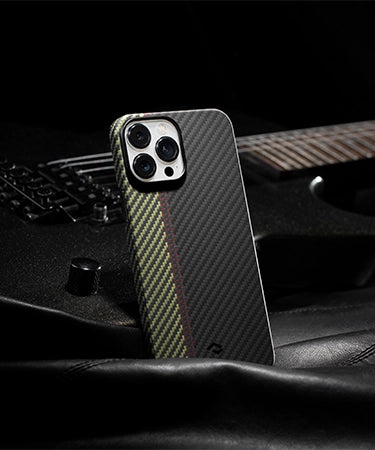
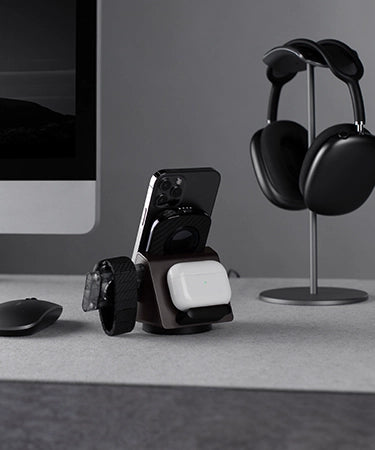

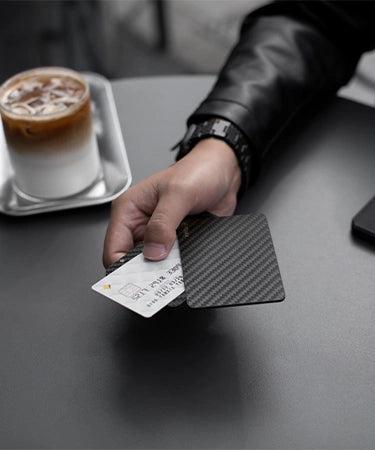
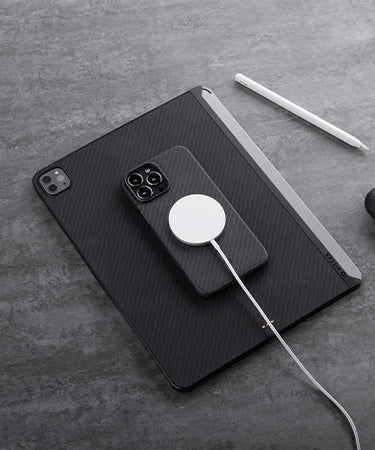

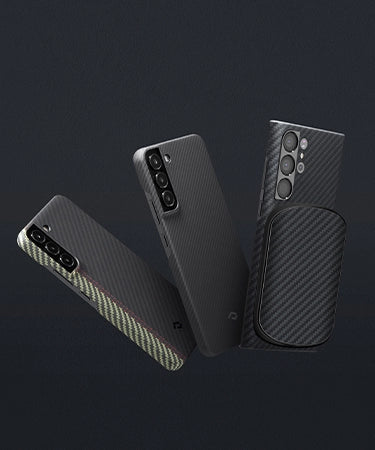
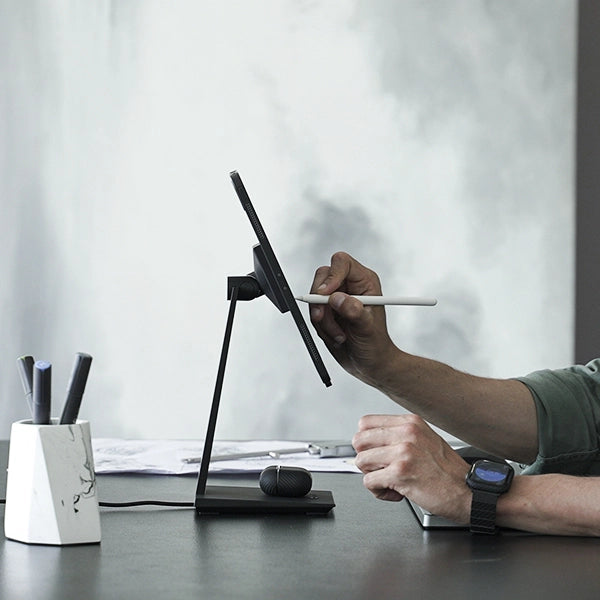
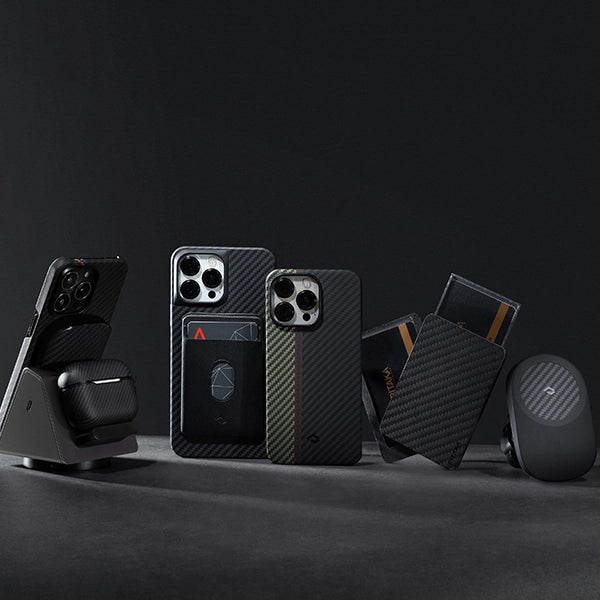



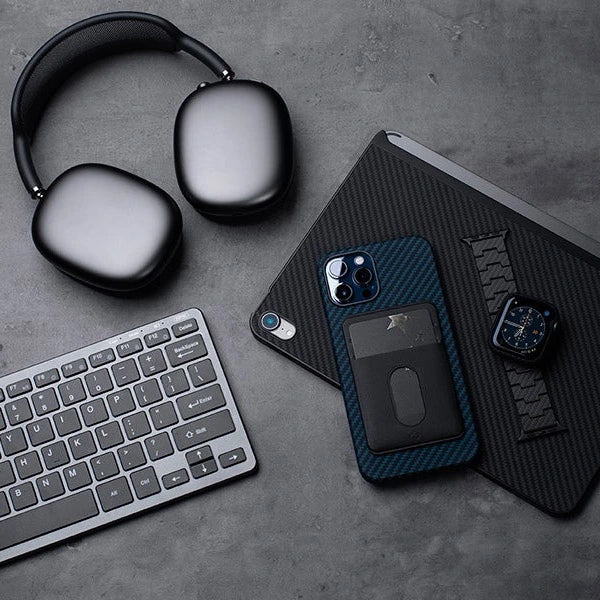
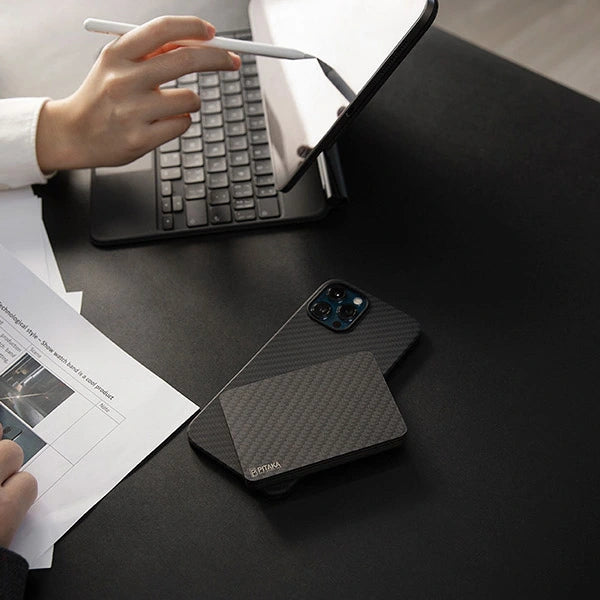
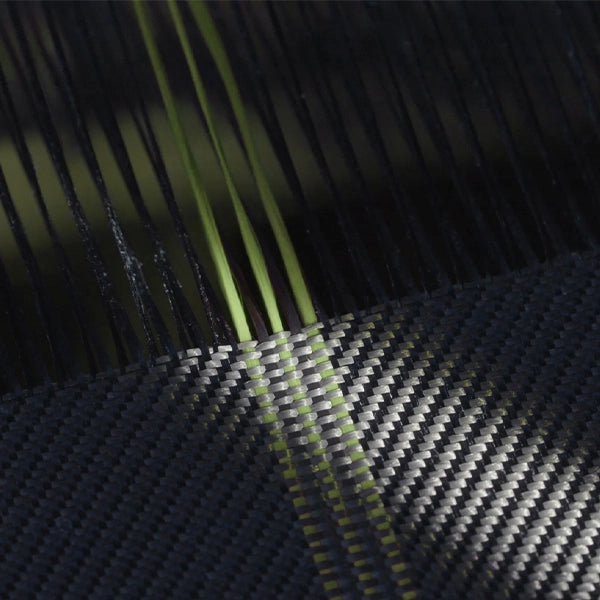

Hi i accidentally turned off the fast charging toogle and i cant remember where in settings the toggle was to set it off. Can you help me please?
Very informative, I appreciate the effort put into this article.